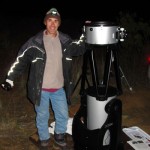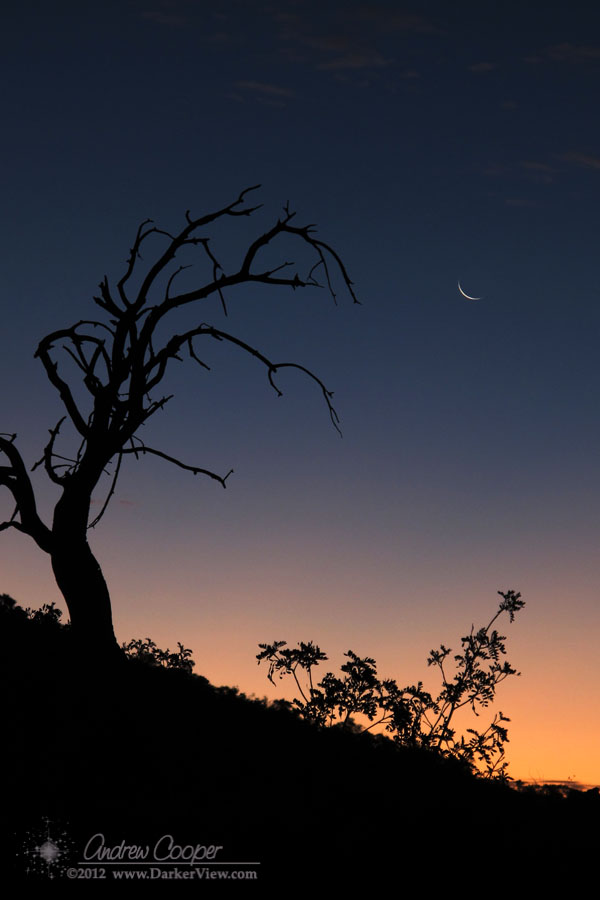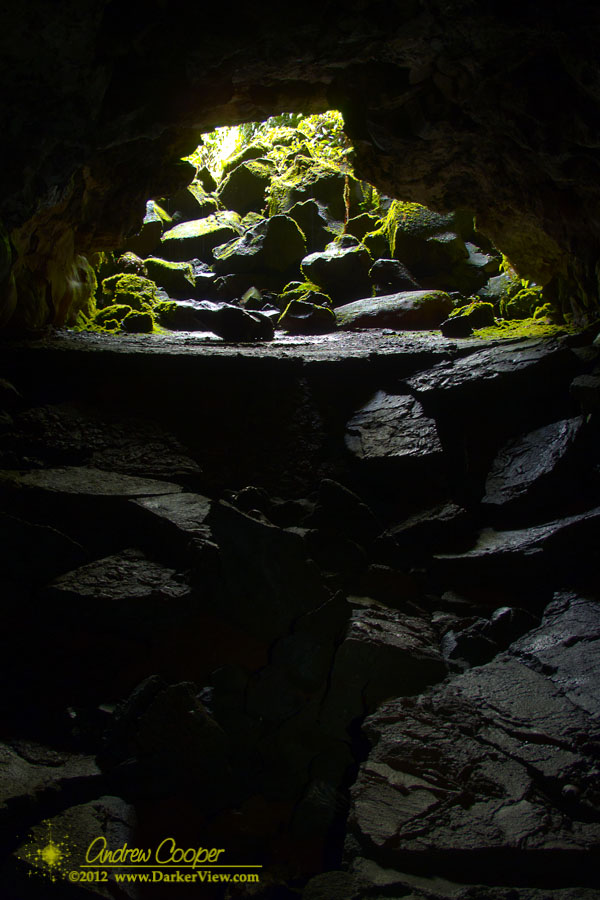
Category: Hawai’i
Exploring the islands
The Trail to Emesine Cave
There are few open paths to trail ride on this island, a place where landowners gate every side road and jealously guard any access. There are a number of exceptions, but you have to look to find them. One such is a power line road off of Saddle Road. The power line is gone now, the stumps of poles remain where they were sawn down years ago. The road runs arrow straight across the landscape, now serving forestry crews, pig hunters and hikers. Enough traffic traverses the path the keep it clear of growth. Here is a glimpse of natural Hawai’i, where invasive species are relatively few and the calls of native birds echo amongst the ‘Ōhi’a.
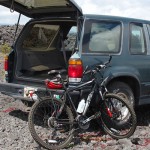
Emesine Cave
It may be a rough trail, but the goal is worth it, a relatively recent cave with an array of classic lava tube features. Emesine cave, is found in the 1881 lava flow that threatened to flow into downtown Hilo, but stopped just short of the city. Today, over a century later, the cave is now an excellent example of volcanic action and how life returns to reclaim the land afterwords.

The flows did not stop until August 10th 1881, reaching within a few miles of downtown Hilo. Some fingers of the flow crossed the present day Komohana and Kumukoa Streets near the University of Hawai’i at Hilo campus. When the flows finally did stop a number of lava tubes were exposed, including Kaumana caves, a popular tourist attraction above Hilo. Also formed in the eruption was a series of tubes higher on the north flank of the volcano, Emesine cave.
Kaumana Cave
A fern draped opening into the earth, that beckons us to explore what was once the domain of Pele. A place of fire and molten rock, now a cool, dripping passage beneath the earth. The island of Hawai’i is riddled with hundreds of miles of lava tubes, most are inaccessible, but some are easy to get to. Kaumana Cave is one of the easy ones.
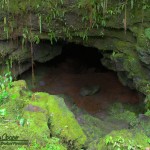
Going makai, a short path leads to the entrance. There are a few boulders to step carefully through, after which sections of smooth and mostly level surfaces allow a bit easier access. About 50 yards into the downhill section you will reach a choke point, a little scrambling and a bit of duck-walk is necessary to get through. After the narrow, the cave opens back up again. After another hundred yards there are a series of ledges, old crusts left by cooling lava when it half filled the cave. To continue from here requires crawling through another very low passage. Perhaps a good place to turn around if you are only interested in a short exploration.
Postcard from the Universe – Telescopes
Two telescopes set up on the side of Mauna Kea. Olivier’s 12″ and my 18″ Deep Violet. A full night of deep sky observing under very nice conditions.
The photo was taken with a red LED light swept over the area during the 20 seconds of exposure. The camera had other ideas, set for automatic white balance it attempted to correct the color, fairly successfully. Surprising given the monochromatic nature of the light source.
As usual, click on the image for a larger version…

Crescent Moon at Dawn
Diving South of Kona
I have not done much diving south of Kona, usually diving the shores close to home, the reefs of North and South Kohala. I have done a couple dives at Two Step, at Hōnaunau. The terrain is different further south, there are different species to see. Last weekend I got a chance to do some more diving down south.
This was made possible through a friend and fellow Keck engineer. Dennis owns a boat. Not just any boat… The Aqua Safari… A big boat, a fast boat, a dive boat, equipped for scuba, actually a pretty nice boat. I was invited to join the guys for a dive outing. I didn’t even ask where we were going, it really didn’t matter, I just wanted to dive.

A find of the dive was a Bearded Cusk Eel hiding in a crevice at the base of a rock wall. I managed one half-decent photograph before it disappeared further into the crevice, out of sight. I guess it did not like the strobe, cusk eels are notoriously shy.
Mark, Patti and I shared the meal preparations. They had brought sandwich makings, I brought tuna mac, drinks and chips. Deb even sent a long a batch of home-made chocolate chip cookies. We ate well indeed.
The second dive site was Tanks, a site just north of the old Kona Airport and south of Honokohau. A fair amount of surge made mooring quite a challenge, we actually gave up on one mooring buoy, too close to the rocks where we were getting bounced around. There was quite a bit of surge underneath as well, and visibility was poor. At least poor by Kona standards, fairly good for most anywhere else. The surge and vis did not preclude a decent dive, we descended to the edge of the dropoff, where the slope plunges into the deep blue abyss. A few good photos, including a Undulated Moray. We spent the last part of the dive exploring a number of small caves just under the shoreline, where we found several white tip reef sharks, including one of the largest I had ever seen. This shark was a bit more than six feet, and quite rotund. He lived up to the scientific name for the species Triaenodon obesus.
A great day and a couple good dives. That was the goal, and that was what we achieved. Thanks Dennis!
Postcard from Hawai’i – View From Above
Postcard from the Universe – Rising Milky Way
Mauna Kea Observing
Yes, it is three in the afternoon and I am just waking up. That was the plan.
A night spent under dark Mauna Kea skies with a telescope. It has been much too long since I had a good night out with the ‘scope, it was time. A few items conspired to make it happen… Good weather, a note from the HR department that I was at maximum on accumulated vacation time, use it or lose it! Additionally, my friend and co-worker, Olivier Martin, was looking for a night of observing as well.
With a couple days of approved vacation I headed for the mountain.
A partly cloudy sky greeted us on arrival, high and heavy cirrus hid much of the blue. The forecast was for this to clear off during the first part of the night, not yet time to panic. Not wanting to deal with the crowd at the Mauna Kea VIS we hid out in a spot I found on one of the nearby back roads, a place where we would not be disturbed by any visitors through the night, a place that is completely dark.
